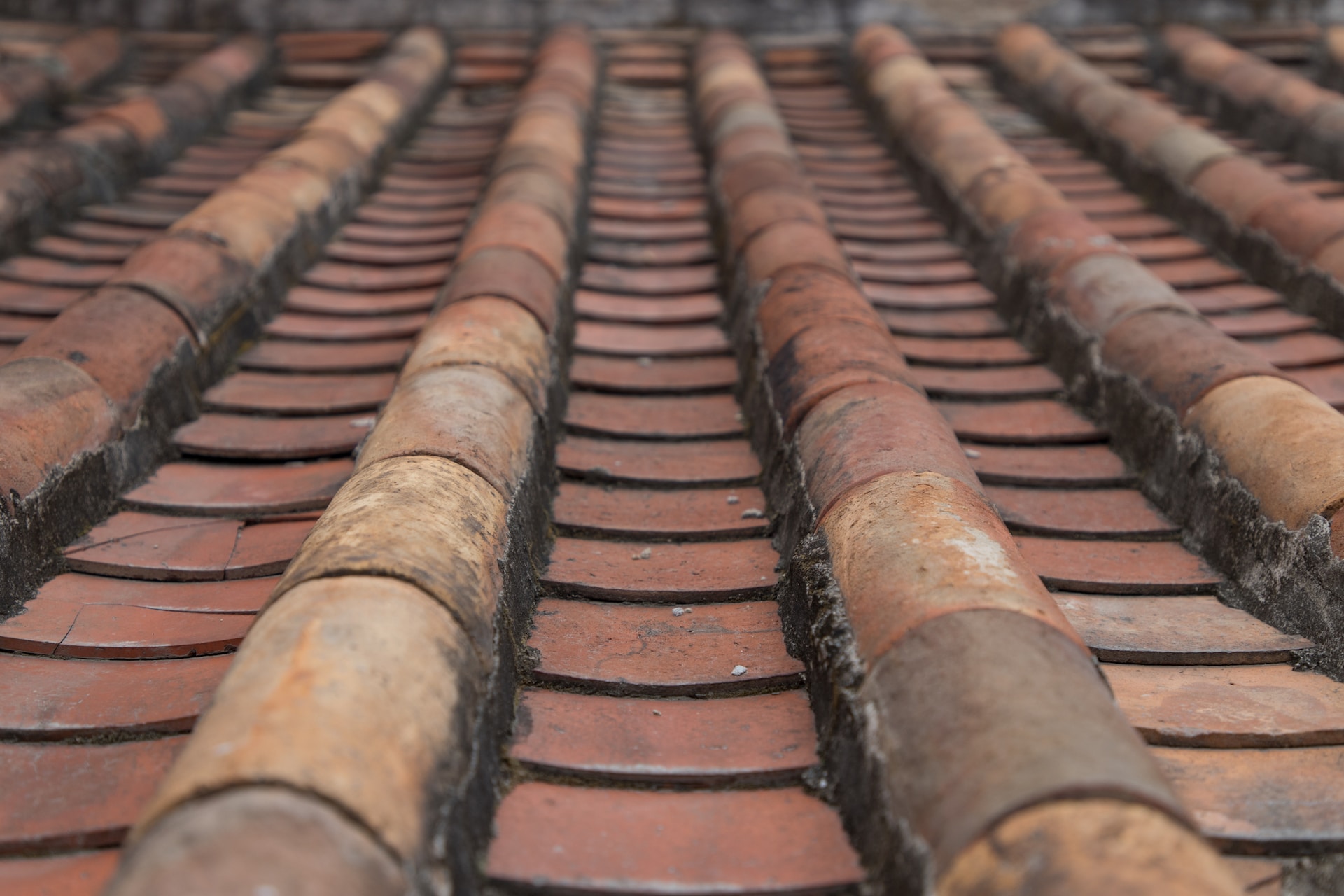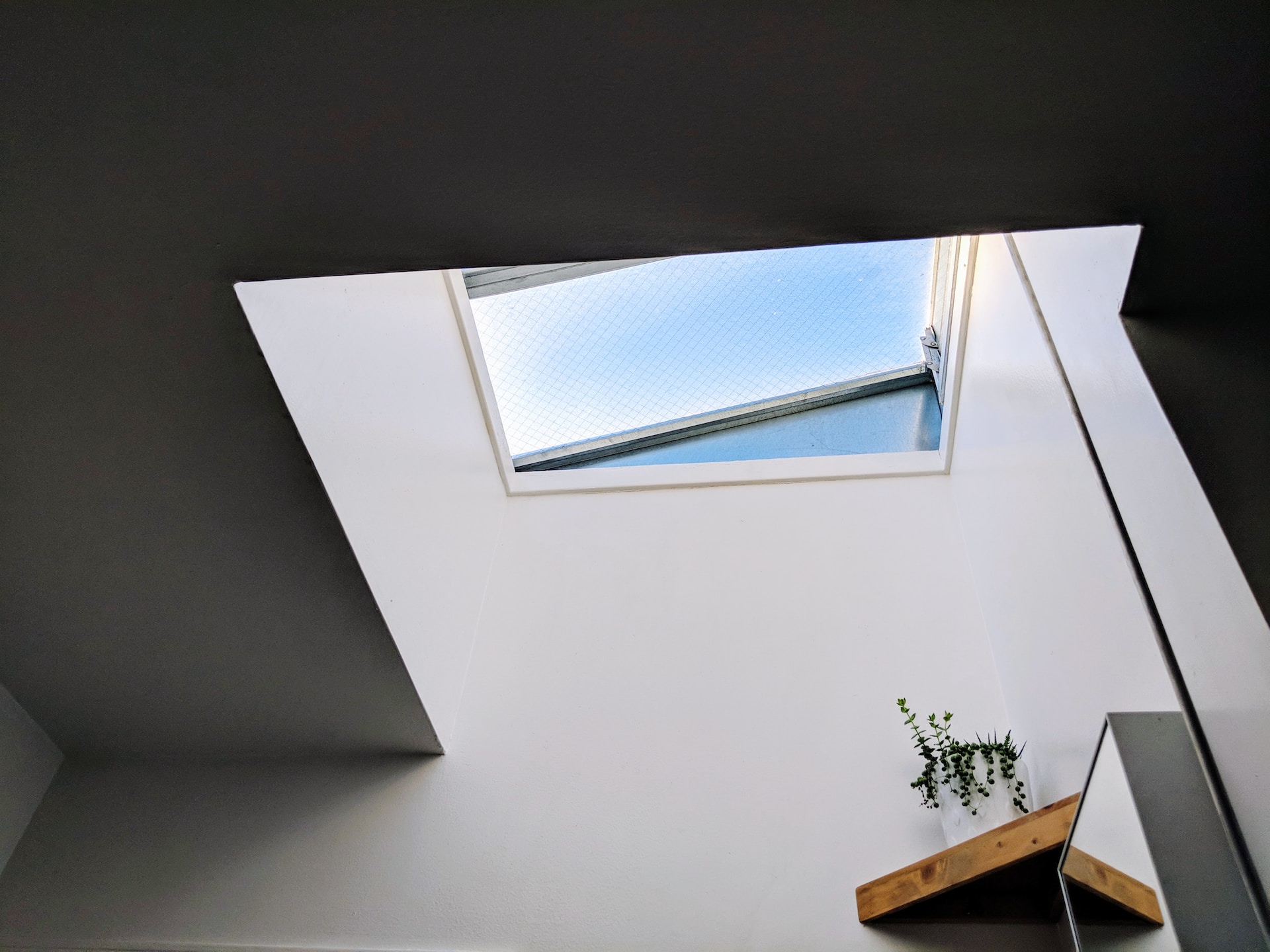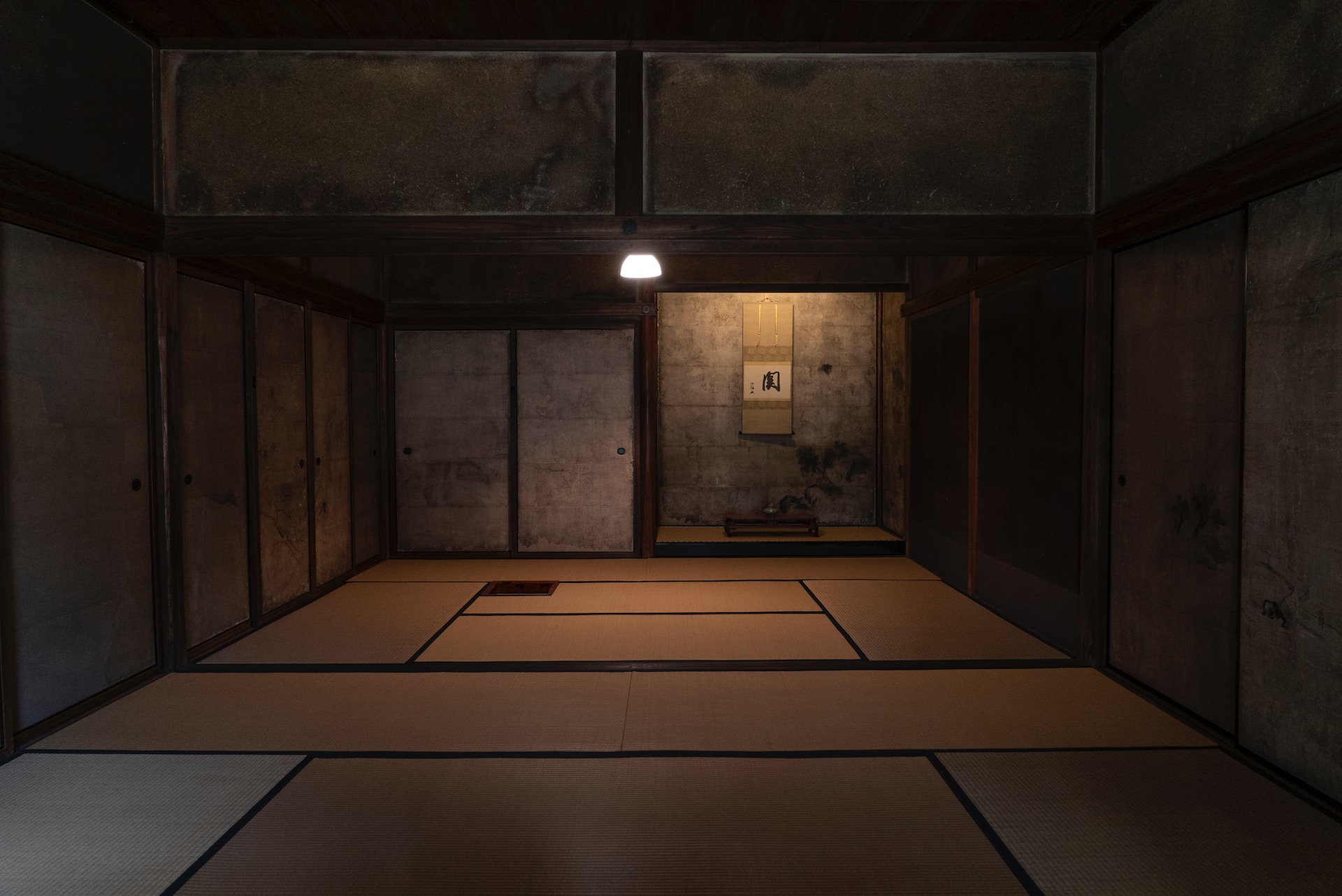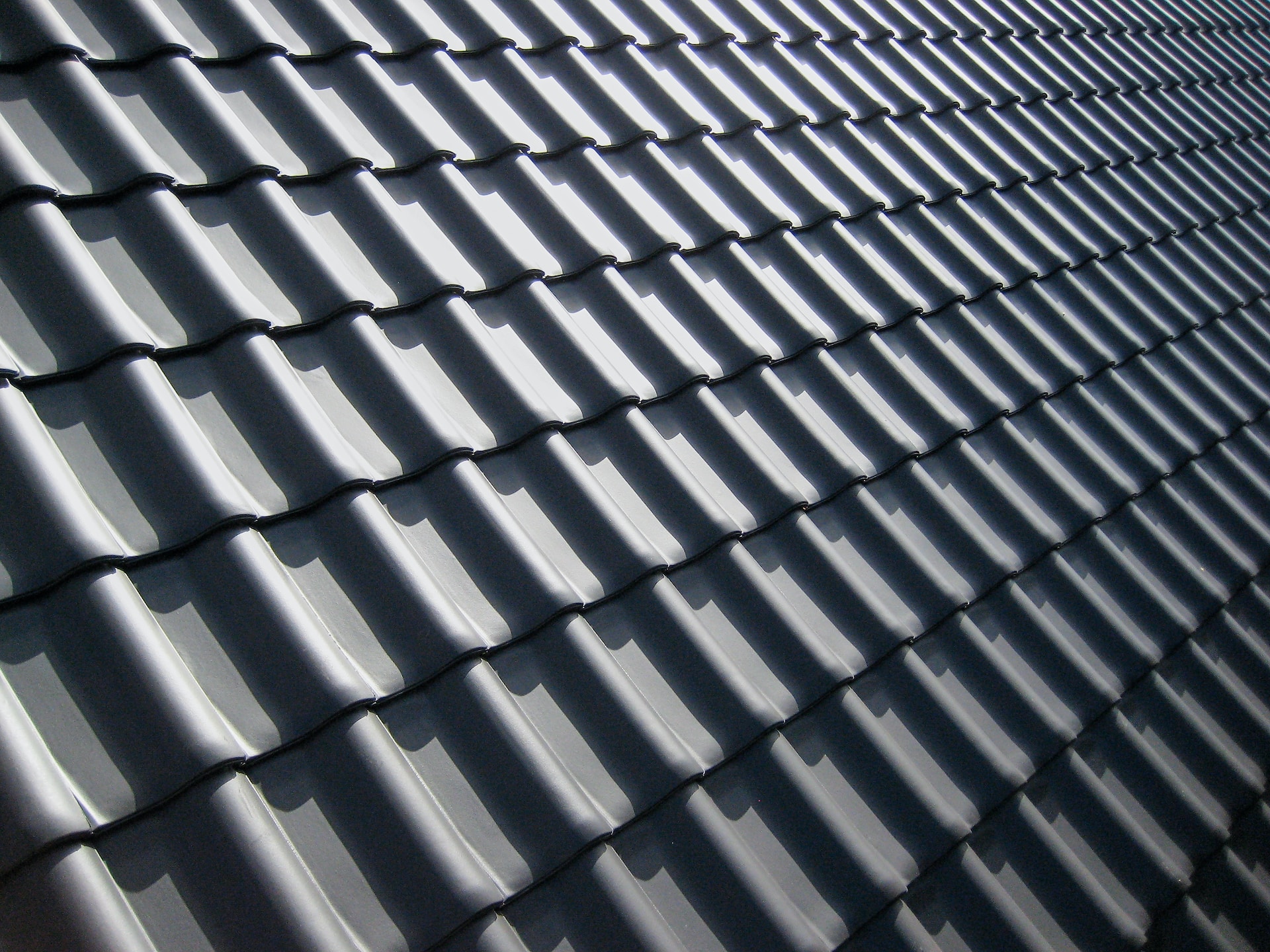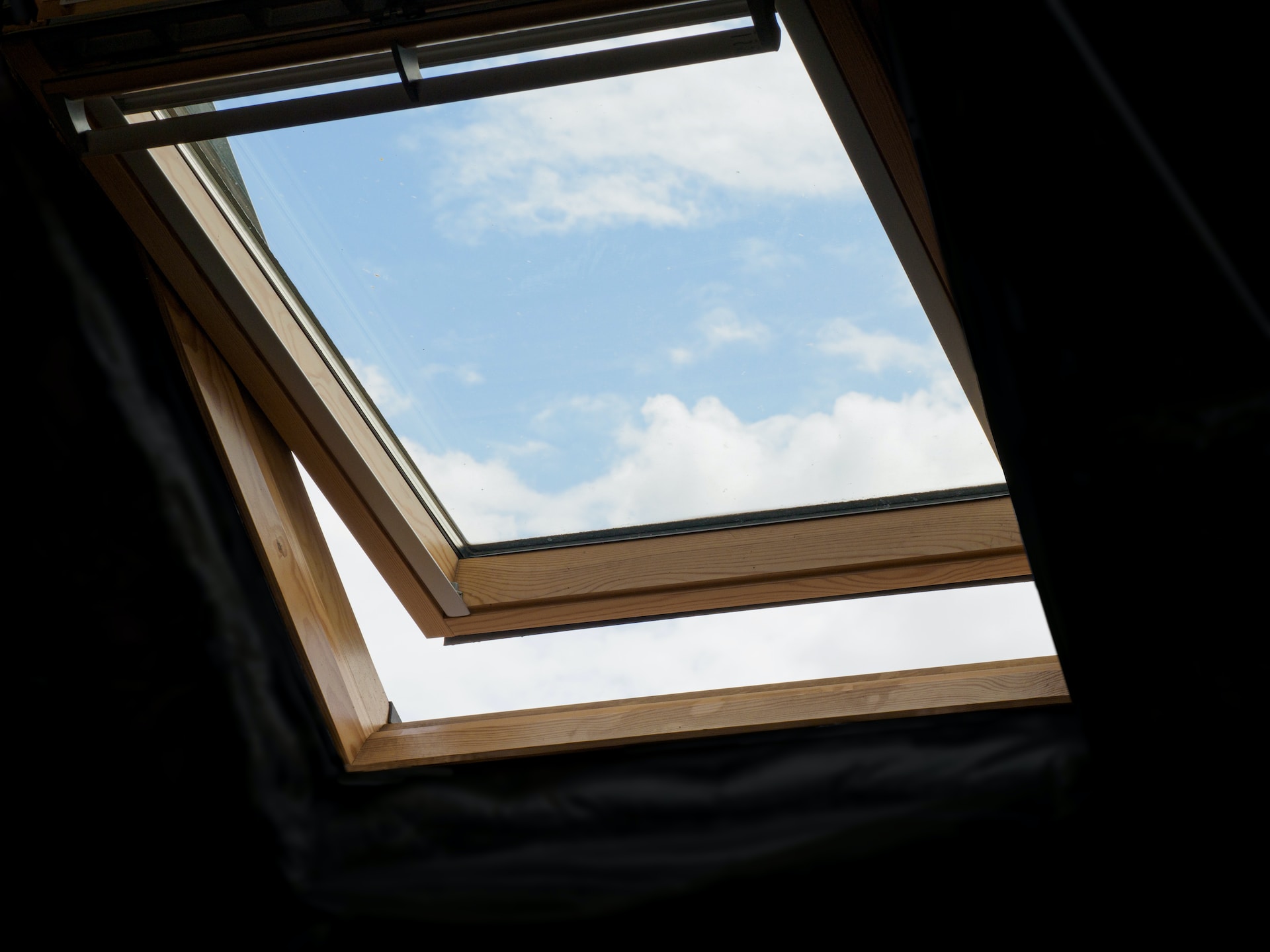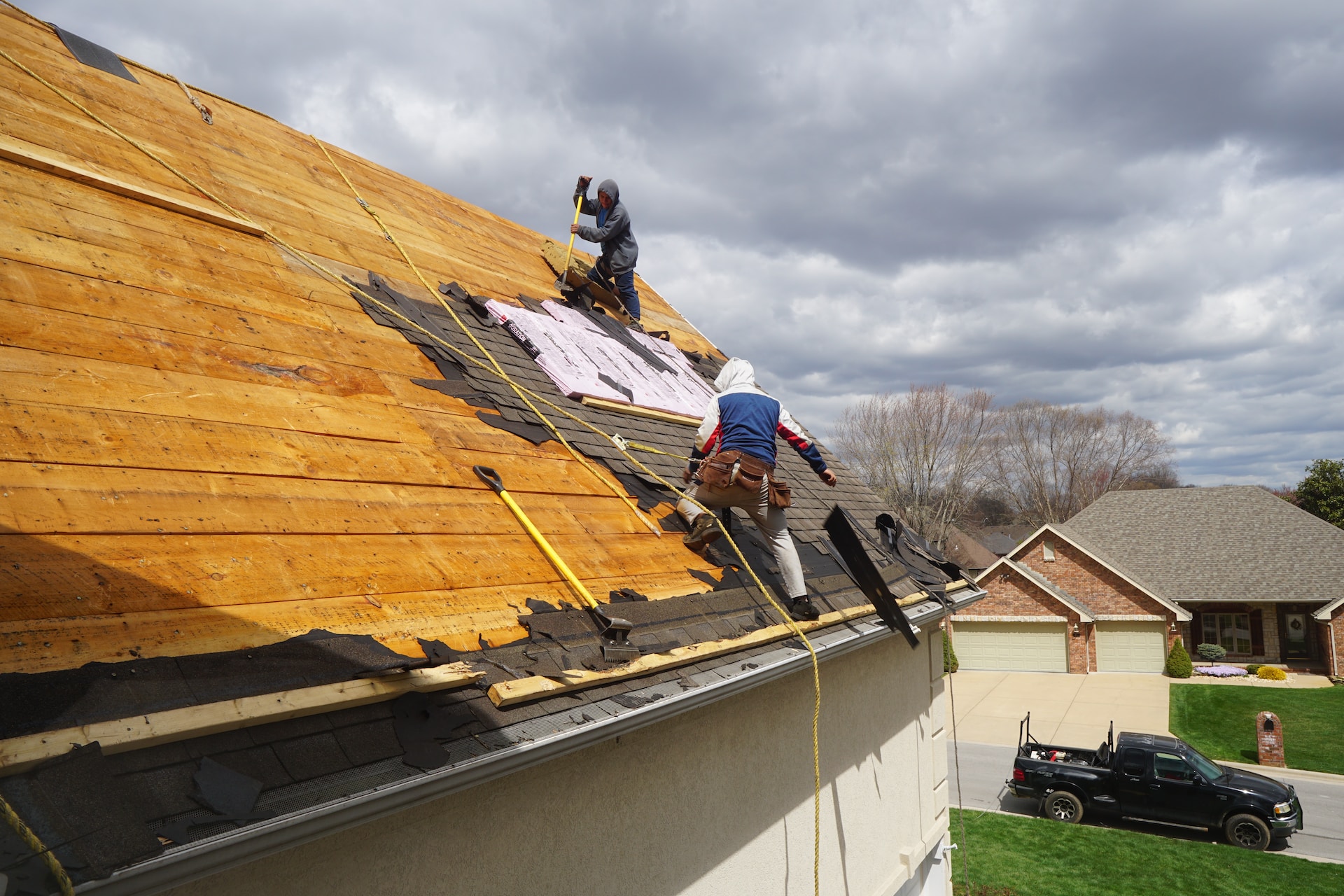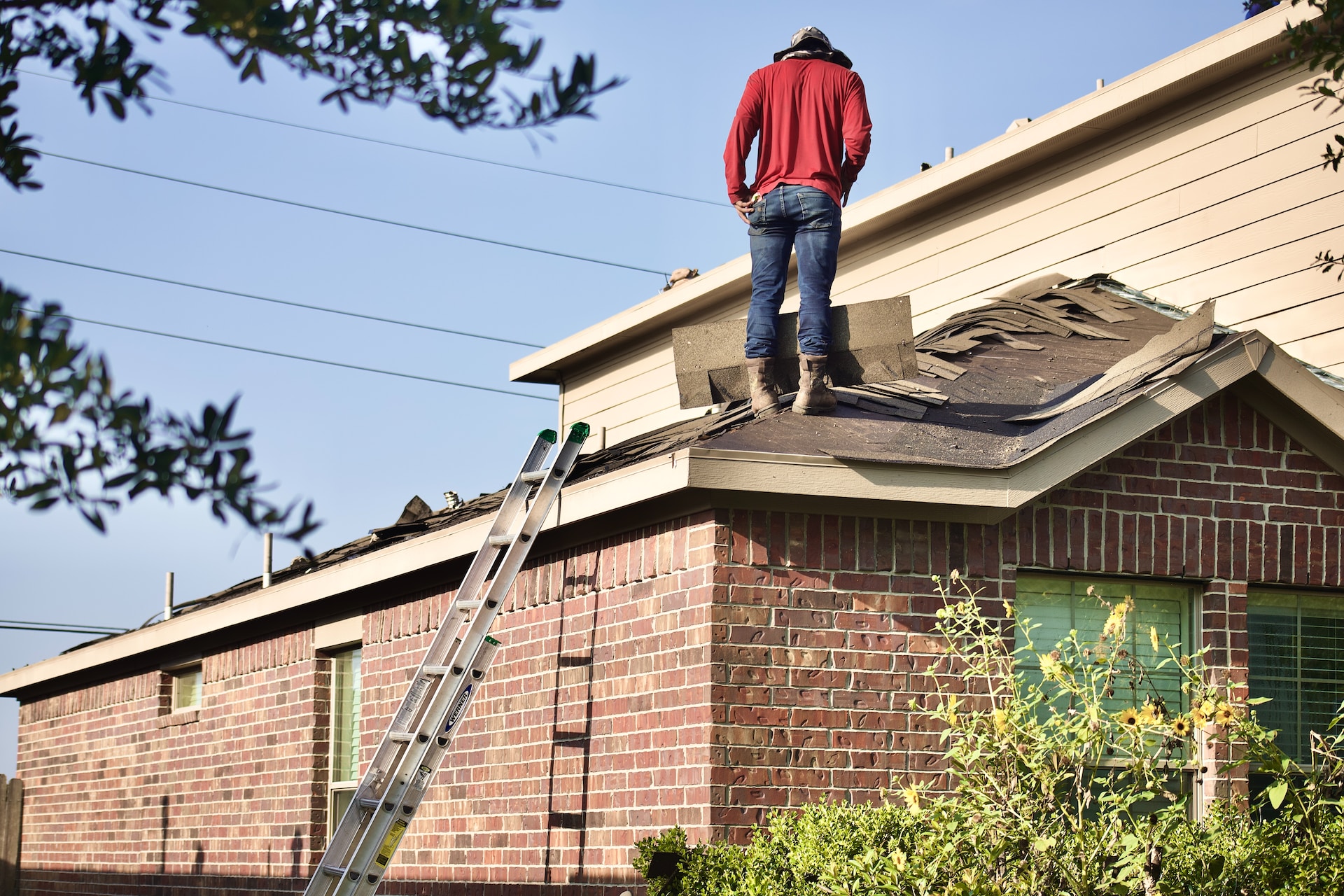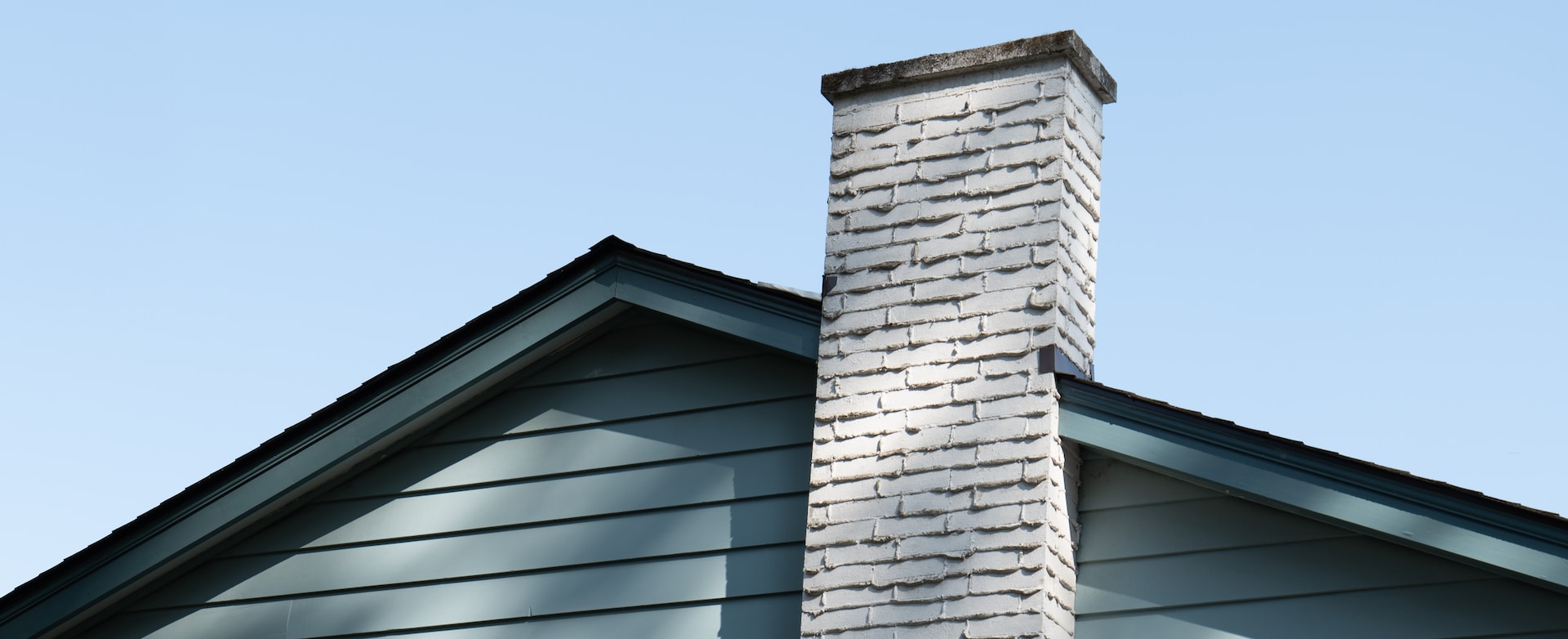When it comes to home maintenance, the roof is often overlooked despite being one of the most critical components of a house. A well-maintained roof protects your home from the elements, enhances its curb appeal, and increases its overall value. However, many homeowners delay or avoid replacing their roofs due to the perceived high cost. Unfortunately, neglecting your roof can lead to hidden costs that are often much more expensive than the cost of a roof replacement. To help you better understand this, we’ll be exploring the hidden costs of not replacing your roof and why it’s essential to prioritize this important home maintenance task.
Leaking Roofs Cause Water Damage
One of the most significant consequences of not replacing your roof is water damage. A leaking roof can cause extensive damage to your home’s interior, including ceilings, walls, insulation, and electrical systems. Water damage can also lead to mold growth, which can cause respiratory problems and other health issues.
Repairing water damage caused by a leaking roof is an expensive and time-consuming process. You’ll need to hire professionals to assess the extent of the damage, repair the roof, and replace any damaged materials. In some cases, you may also need to hire mold remediation experts, which can be even more expensive.
Decreased Energy Efficiency
Your roof plays a critical role in regulating the temperature of your home. A well-maintained roof helps to keep your home cool in the summer and warm in the winter. However, an old or damaged roof can decrease your home’s energy efficiency, leading to higher energy bills.
When your roof is damaged, it allows air to escape, which makes it harder for your HVAC system to regulate your home’s temperature. This can lead to higher energy bills, as your HVAC system will have to work harder to maintain a comfortable temperature. Over time, these increased energy costs can add up, costing you much more than the cost of a roof replacement.
Reduced Curb Appeal
Your roof is one of the most visible parts of your home. A well-maintained roof can enhance your home’s curb appeal, making it more attractive to potential buyers. However, an old or damaged roof can detract from your home’s appearance, lowering its value and making it harder to sell.
If you’re planning to sell your home in the future, it’s essential to prioritize your roof’s maintenance and replacement. A new roof can increase your home’s value, making it easier to sell and potentially increasing your home’s selling price.
Safety Risks
An old or damaged roof can also pose safety risks to you and your family. If your roof is damaged, it may not be able to support the weight of heavy snow or ice, increasing the risk of collapse. In addition, a damaged roof may allow pests to enter your home, increasing the risk of infestations and potential health hazards.
By replacing your roof, you can ensure that your home is safe and secure for you and your family. A new roof will provide the support and protection your home needs to withstand the elements and keep pests out.
Conclusion
Replacing your roof may seem like a significant expense, but neglecting this critical home maintenance task can lead to even more costly hidden expenses. From water damage to decreased energy efficiency to reduced curb appeal and safety risks, an old or damaged roof can cause a range of problems for homeowners. By prioritizing your roof’s maintenance and replacement, you can protect your home, enhance its value, and save money in the long run. If you’re unsure about the current state of your roof, it’s essential to have it inspected by a professional. They can assess any damage and recommend the best course of action to ensure that your home is safe, secure, and protected for years to come.
If you are in need of roofing services for your flat roof or any other type of roof, J. Carnes & Son Roofing has you covered. Our top roofers provide you with high-quality flat roofing services that will ensure the longevity and safety of your roof. Get in touch with us today to learn how.

